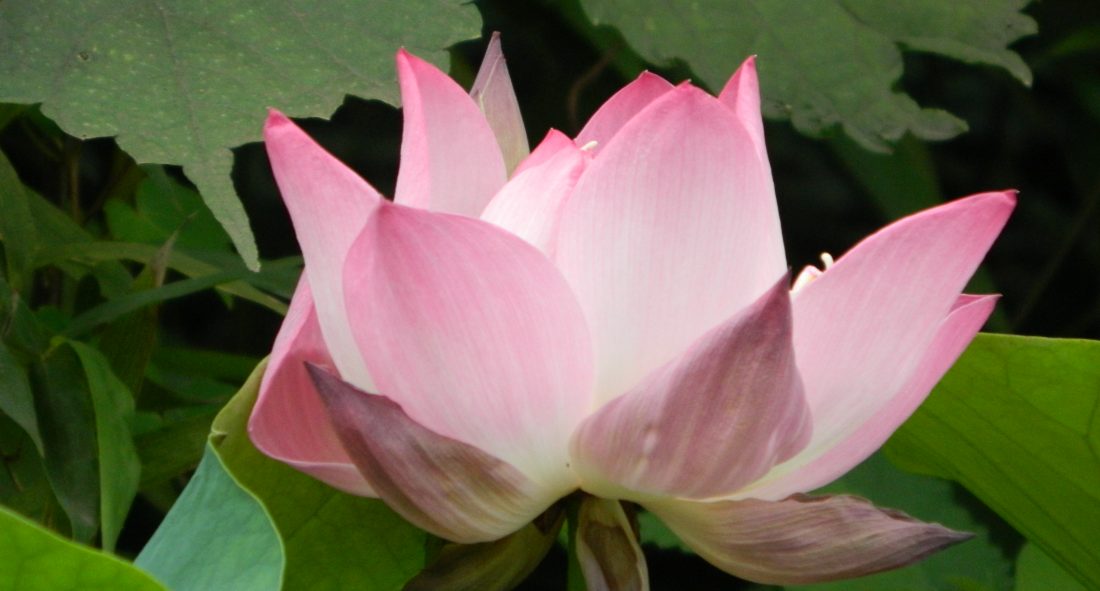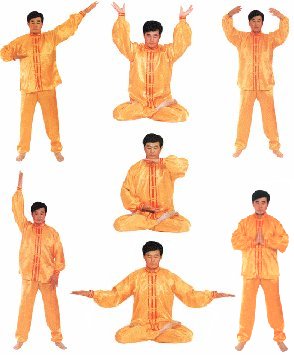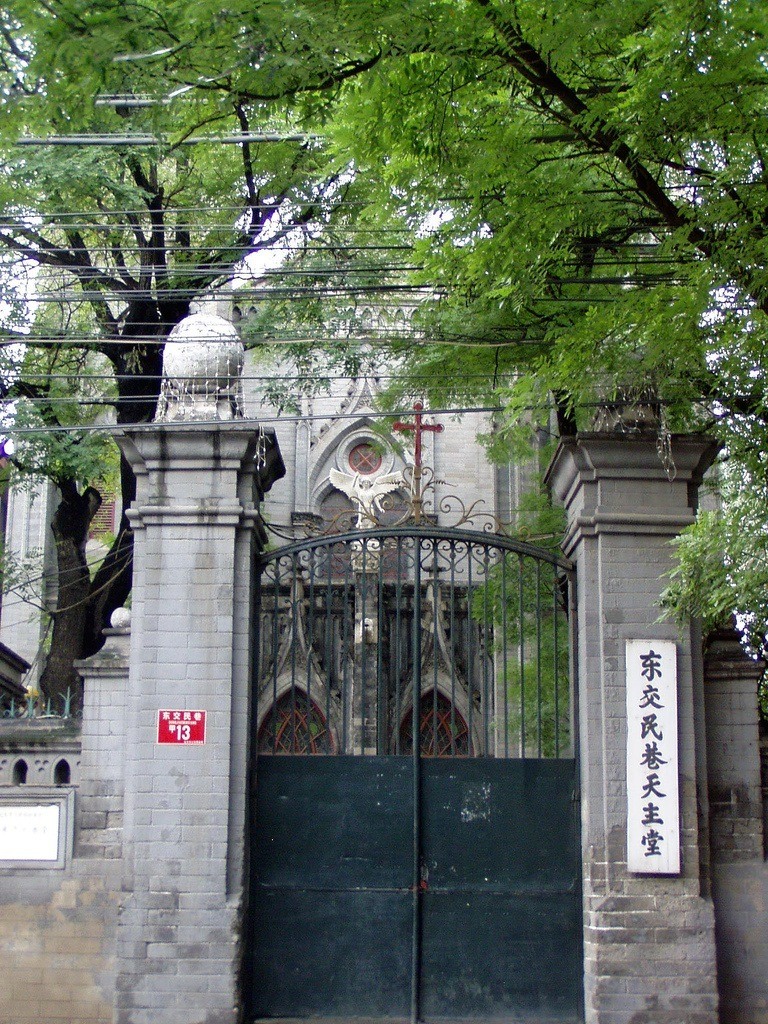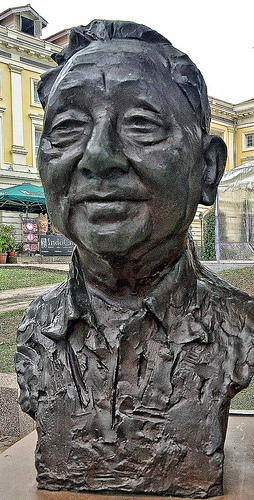By Caroline Gunter and Plicca Watt
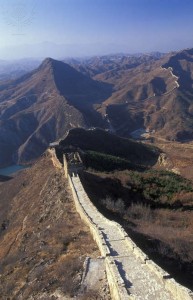
You are probably assuming the only type of pollution is environmental, well the Chinese Government says otherwise. One particular type of pollution in China is spiritual pollution. In the early 1980’s the Communist Party led a campaign against what they coined “spiritual pollution”. In reality, the campaign was a way to keep the western cultural and economic influences out of China. The Anti-Spiritual Pollution Campaign started at the conclusion of the Communist Party’s Central Committee. Political leader and activist Deng Xiaoping gave a speech criticizing the academic circles for focusing too heavily on humanization, calling it un-marxist. In 1984 the New York Times describes the campaign saying the exemptions include “fashionable clothing, youthful aspirations for a better life, science and technology, religious belief, Western musical, art and literary classics and economic prosperity, including commerce with the West.” The Party’s main idea was by terming any western influence vaguely as spiritual pollution they could portray to the people to stay away from just about anything. The propaganda ministry removed any of it from the countryside, hereby excluding a huge portion of Chinese population. This campaign ended within three months of its beginning. It is clear that the Chinese Government did not see labeling foreign ideals as spiritual pollution as a wise or successful choice.
Work Cited:
“Spiritual Pollution Thirty Years On” by Geremie R Barmé in Australian Centre on China in the World on 17 November 2013.
http://www.thechinastory.org/2013/11/spiritual-pollution-thirty-years-on/
“China Is Said To End a Campaign To Stop ‘Spiritual Pollution’” by Christopher S. Wren in The New York Times on 24 January 1984.
“The Rise and Fall of the Campaign against Spiritual Pollution in the People’s Republic of China” by Shu-Shin Wang in Asian Affairs in 1986.
http://www.jstor.org/stable/30172073

